SSN2SL1
Huawei SSN2SL1 OSN1500 SDH board transmits and receives STM-1 optical signals
- Description
- Reviews (0)
Description
SSN2SL1 Overview
The SL1 is available in several functional versions. The functions provided by the functional versions are different.
The SL1 is available in the following functional versions: R1, N1, and N2. The difference between the functional versions is with regard to whether they support the tandem connection monitoring (TCM) function and AU-3 services. The R1SL1 is a 1xSTM-1 optical interface board, which is installed in a divided slot in a subrack.
The N1SL1 is no longer manufactured.
| Item | Description |
|---|---|
| Functional versions | The SL1 is available in the following functional versions: R1, N1 and N2. |
| Differences |
|
| Substitution | Through the board version replacement function, the N1SL1A can substitute for the N1SL1. |
NOTE:
When you configure the multiplex section protection (MSP) or sub-network connection protection (SNCP), you cannot configure the R1SL1 or N1SL1 as the protection board if the working board is the N2SL1 on which the TCM function is enabled or AU-3 services are configured. Otherwise, the services are interrupted when a switching operation is performed.
Version Mapping
| Board | Start Version |
|---|---|
| R1SL1 | V100R002C02 |
| N1SL1 | V100R003C01 |
| N2SL1 | V100R003C01 |
SSN2SL1 Application
The SL1 is a line board. The SL1 can be used on the OptiX OSN equipment series to transmit and receive STM-1 optical signals. The SL1 converts the received optical signals into electrical signals and sends the electrical signals to the cross-connect side. In addition, the SL1 converts the electrical signals sent from the cross-connect side into optical signals and transmits the optical signals.
SSN2SL1 Functions and Features
The SL1 transmits and receives STM-1 optical signals, performs O/E conversion for the STM-1 optical signals, extracts and inserts overhead bytes, and generates alarm signals on the line.
| Function and Feature | SL1 |
|---|---|
| Basic functions | Transmits and receives 1xSTM-1 optical signals. |
| Specifications of the optical interface |
|
| Specifications of the optical module |
|
| Service processing |
|
| Overhead processing |
|
| Alarms and performance events | Provides various alarms and performance events, which facilitates the management and maintenance of the equipment. |
| Protection schemes |
|
| Maintenance features |
|
SSN2SL1 Valid Slots
The SL1 must be installed in a valid slot in the subrack. Otherwise, the SL1 cannot work normally.
NOTE:
The slots valid for a board are determined by the following factors:
- Slot bandwidth
- Cross-connect capacity
- Board version
The slots valid for the SL1 vary with the version of the board and the cross-connect capacity of the subrack. The slots valid for the board are as follows:
- When the cross-connect capacity is 20 Gbit/s:
- The R1SL1 can be installed in slots 2, 3, 6-9, 12, and 13 in the OptiX OSN 1500A subrack.
- The N1SL1 and N2SL1 can be installed in slots 12 and 13 in the OptiX OSN 1500A subrack.
- The R1SL1 can be installed in slots 1-3, 6-9, and 11-13 in the OptiX OSN 1500B subrack.
- The N1SL1 and N2SL1 can be installed in slots 11-13 in the OptiX OSN 1500B subrack.
SSN2SL1 Feature Code
The number code that follows the board name in the bar code is the feature code of the board. The feature code of the SL1 indicates the type of optical interface.
| Board | Feature Code | Type of Optical Interface |
|---|---|---|
| SSR1SL110, SSN1SL110 and SSN2SL110 | 10 | S-1.1 |
| SSR1SL111, SSN1SL111 and SSN2SL111 | 11 | L-1.1 |
| SSR1SL112, SSN1SL112 and SSN2SL112 | 12 | L-1.2 |
| SSR1SL113, SSN1SL113 and SSN2SL113 | 13 | Ve-1.2 |
| SSR1SL114, SSN1SL114 and SSN2SL114 | 14 | I-1 |
Specifications of the ports
| Port type | Description |
|---|---|
| I-1 | 2 km STM-1 two-fiber bidirectional optical interfaces |
| S-1.1 | 15 km STM-1 two-fiber bidirectional optical interfaces |
| L-1.1 | 40 km STM-1 two-fiber bidirectional optical interfaces |
| L-1.2 | 80 km STM-1 two-fiber bidirectional optical interfaces |
| Ve-1.2 | 100 km STM-1 two-fiber bidirectional optical interfaces |



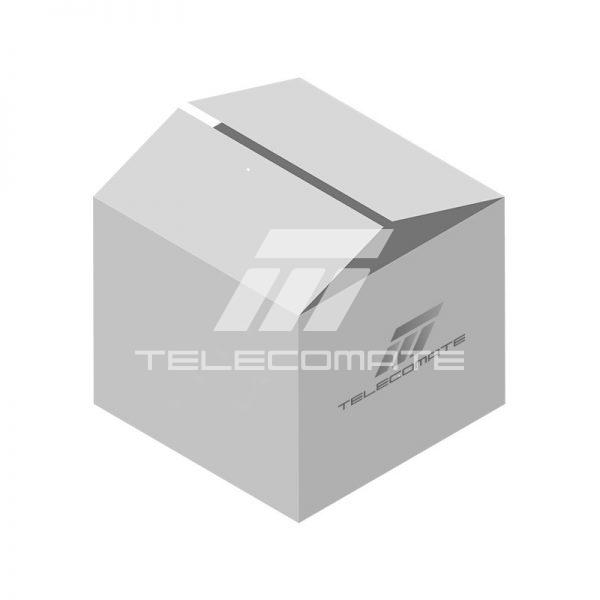
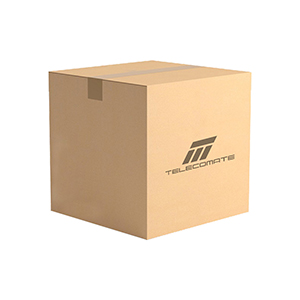
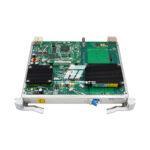
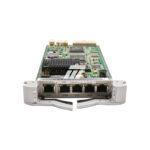
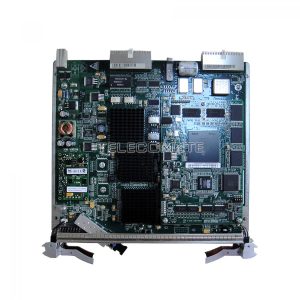
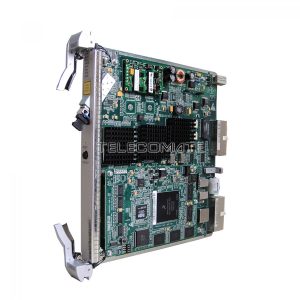
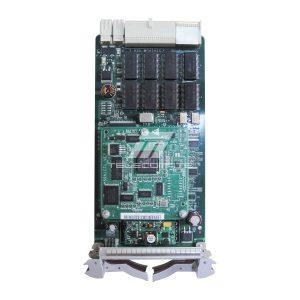
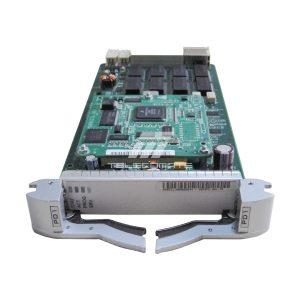
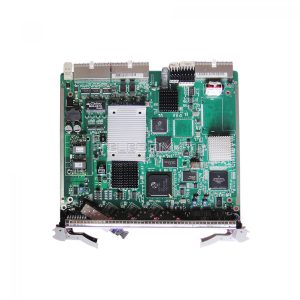
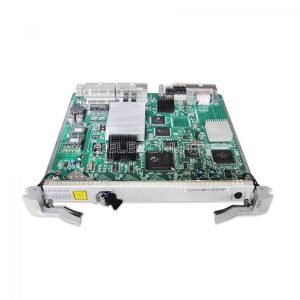
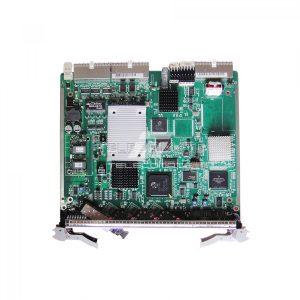
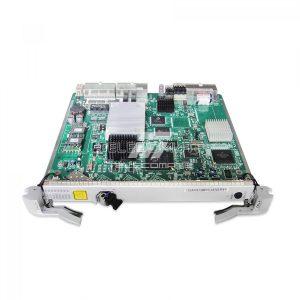
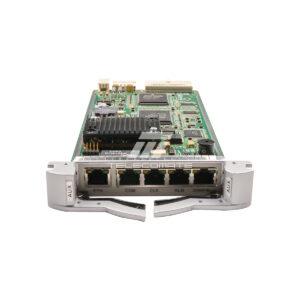
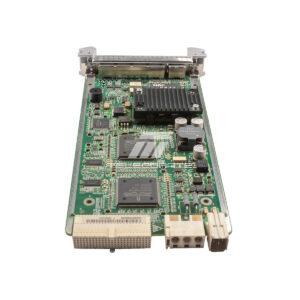
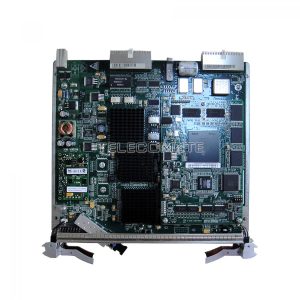
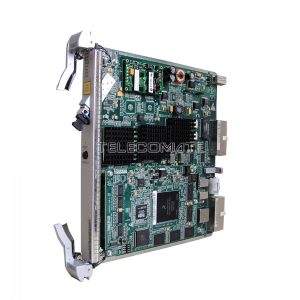
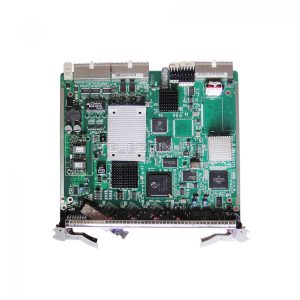
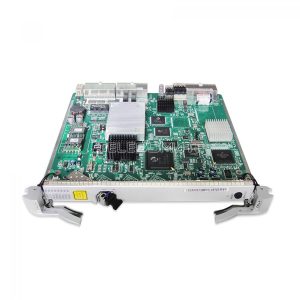
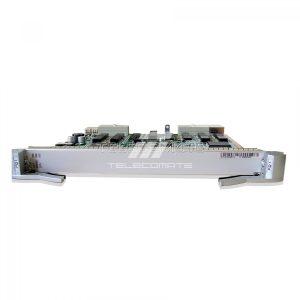
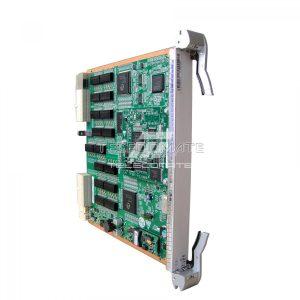
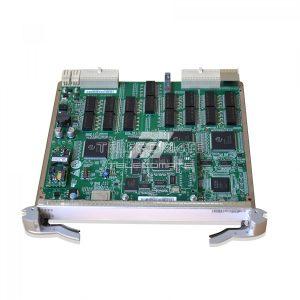
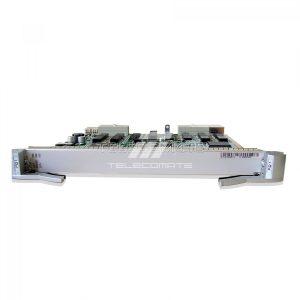
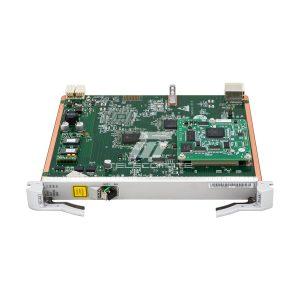
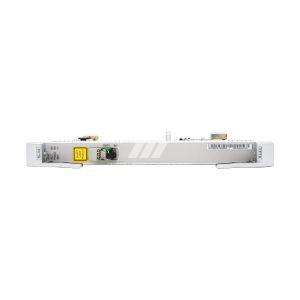
Reviews
There are no reviews yet.